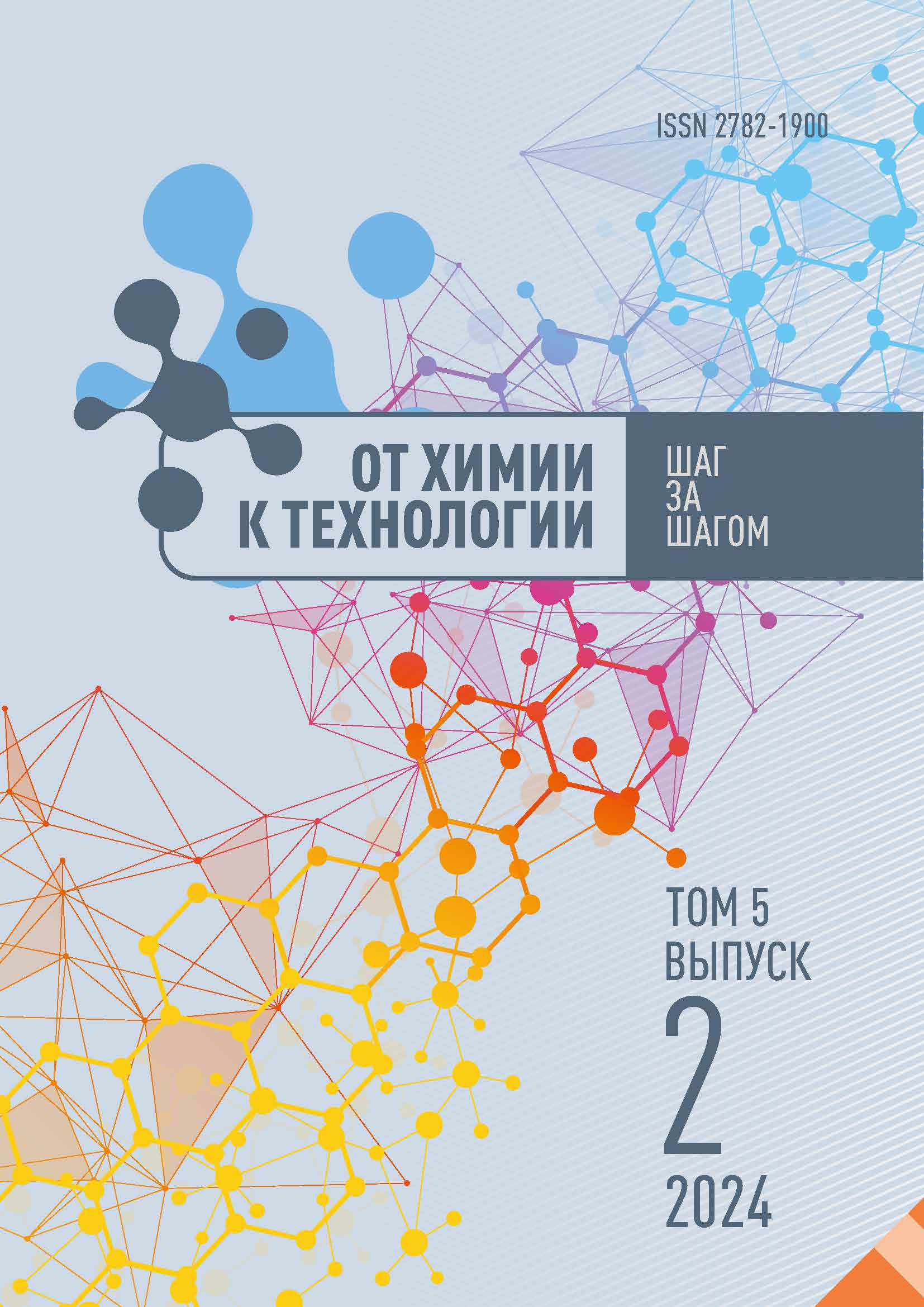Ярославль, Ярославская область, Россия
Ярославль, Ярославская область, Россия
Ярославль, Ярославская область, Россия
УДК 543.48 Фотометрические и спектрофотометрические методы титрования
The paper considers the problem of utilisation and neutralisation of oil sludge at oil producing and refining enterprises. Oil sludge is a complex heterogeneous mixture consisting of high-molecular oil compounds, mineral particles of different composition, and water. The authors studied the elemental composition of oil sludge of different storage periods for oil refinery production by modern analytical methods: IR spectroscopy and X-ray fluorescence spectrometry. According to the research, the main composition of the oil residue, represented by the hydrocarbon component, contains paraffin-naphthenic and heavy aromatic hydrocarbons. Moreover, its non-hydrocarbon component contains compounds Si, Al, Ca, Fe, S, Ba.
cake, tricanter, oily waste, X-ray fluorescence spectrometry, spectral analysis
1. Khusnutdinov, I.Sh., Safiulina, A.G., Zabbarov, R.R. & Khusnutdinov, S.I. (2015) Methods of utilisation of oil sludge, Izvestiya vuzov. Khimiya i khimicheskaya tekhnologiya, 58(10), pp. 3-20 (in Russian).
2. Abdrakhmanov, N., Abdrakhmanova, K., Vorohobko, V., Abdrakhmanova, L. & Basyirova, A. (2017) Development of Implementation Chart for Non-Stationary Risks Minimization Management Technology Based on Information-Management Safety System, Journal of Engineering and Applied Sciences, (12), pp. 7880 7888. DOI:https://doi.org/10.3923/jeasci.2017.7880.7888.
3. Semchenkova, D.N., Rastoskuev, V.V., Abdrakhmanov, N.Kh. & Kolobov, N.S. (2008) Complex express evaluation of ecological risks in industry, Neftyanoe hozyajstvo, (8), pp. 104-105 (in Russian).
4. De Quadros, P.D., Cerqueira, V.S., Cazarolli, J.C., Peralba, R.M.C., Camargo, F.A.O., Giongo, A. & Bento F.M. (2016) Oily sludge stimulates microbial activity and changes microbial structure in a landfarming soil, Int. J. Biodeterior. Biodegrad, 115, pp. 90–101.
5. Koshlaf, E. & Ball, A.S. (2017) Soil bioremediation approaches for petroleum hydrocarbon polluted environments, AIMS Microbiol., 3(1), pp. 25–49.
6. Gron, V.A., Korostovenko, V.V., Shakhrai, S.G., Kaplichenko, N.M. & Galaiko, A.V. (2013) Problem of formation, processing and disposal of oil sludge, Uspekhi sovremennogo estestvoznaniya, (9), pp. 159-162 (in Russian).
7. Afanasyev, S.V., Volkov, D.A., Trifonov, K.I. & Volkov, V.A. (2019) Physico-chemical bases of natural and anthropogenic processes in the technosphere. Samara: Izd-vo Sam. nauch. centra RAN (in Russian).
8. Yankovoy, D.S., Ladygin, K.V. & Stompel, S.I. (2014) New technology of oil sludge recycling, Ekologiya proizvodstva, (9), pp. 47-51 (in Russian).
9. Ivshina, I.B., Kuyukina, M.S., Krivoruchko, A.V., Elkin, A.A., Makarov, S.O., Cunningham, C.J., Peshkur, T.A., Atlas, R.M. & Philp, J.C. (2015) Oil spill problems and sustainable response strategies through new technologies, Environ. Sci: Processes & Impacts, 17(7), pp. 1201–1219.
10. Lapidus, A.L., Gyulmaliev, A.M., Poletaeva, O.Yu., Kolchina, G.Yu., Guseynova, S.N. & Movsumzade E.M. (2019) Dependence of Reactivity on the Structural and Physicochemical Characteristics of Heavy Highly Viscous Oil Components, Solid Fuel Chem., (2), pp. 23-29. DOI:https://doi.org/10.3103/S0361521919020083.
11. Xu, Y. & Zhou, N.Y. (2017) Microbial remediation of aromatics-contaminated soil, Front. Environ. Sci. Eng., 11(2), pp. 1–9.
12. Ivshina, I., Kostina, L., Krivoruchko, A., Kuyukina, M., Peshkur, T., Anderson, P. & Cunningham, C. (2016) Removal of polycyclic aromatic hydrocarbons in soil spiked with model mixtures of petroleum hydrocarbons and heterocycles using biosurfactants from Rhodococcus ruber IEGM 231, J. Hazard. Mat., 312, pp. 8–17.
13. Saikia, N.J., Segupta, P., Gogoi, P.K. & Borthakur, P.C. (2001) Physico-chemical and cementations properties of sludge from oil field effluent treatment plant, Cement Concrete Res., 31, pp. 1221–1225.
14. Morelli, I.S., Vecchioli, G.I., Del Panno, M.T., Garre, M.I., Costanza, O.R. & Painceira, M.T. (1995) Assessment of the toxic potential of hydrocarbon containing sludges, Environ. Pollut., 89(2), pp. 131–135.
15. Smirnov, M.B. & Vanyukova, N.A. (2017) Dependencies between the main structural-group parameters of the composition of oils of the Volga-Ural oil and gas basin according to 1H and 13C NMR, Neftekhimiya, 57(3), pp. 269–277. DOI:https://doi.org/10.7868/S0028242117010130.
16. Orellana, R., Cumsille, A., Rojas, C., Cabrera, P., Seeger, M., Cárdenas, F., Stuardo, C. & González, M. (2017) Assessing technical and economic feasibility of complete bioremediation for soils chronically polluted with petroleum hydrocarbons, J. Bioremed. Biodegrad, 8: 396. DOI:https://doi.org/10.4172/2155-6199.1000396.
17. Ubani, O., Atagana, H.I. & Thantsha, M.S. (2013) Biological degradation of oil sludge: A review of the current state of development, African J. Biotechnol., 12(47), pp. 6544–6567.







